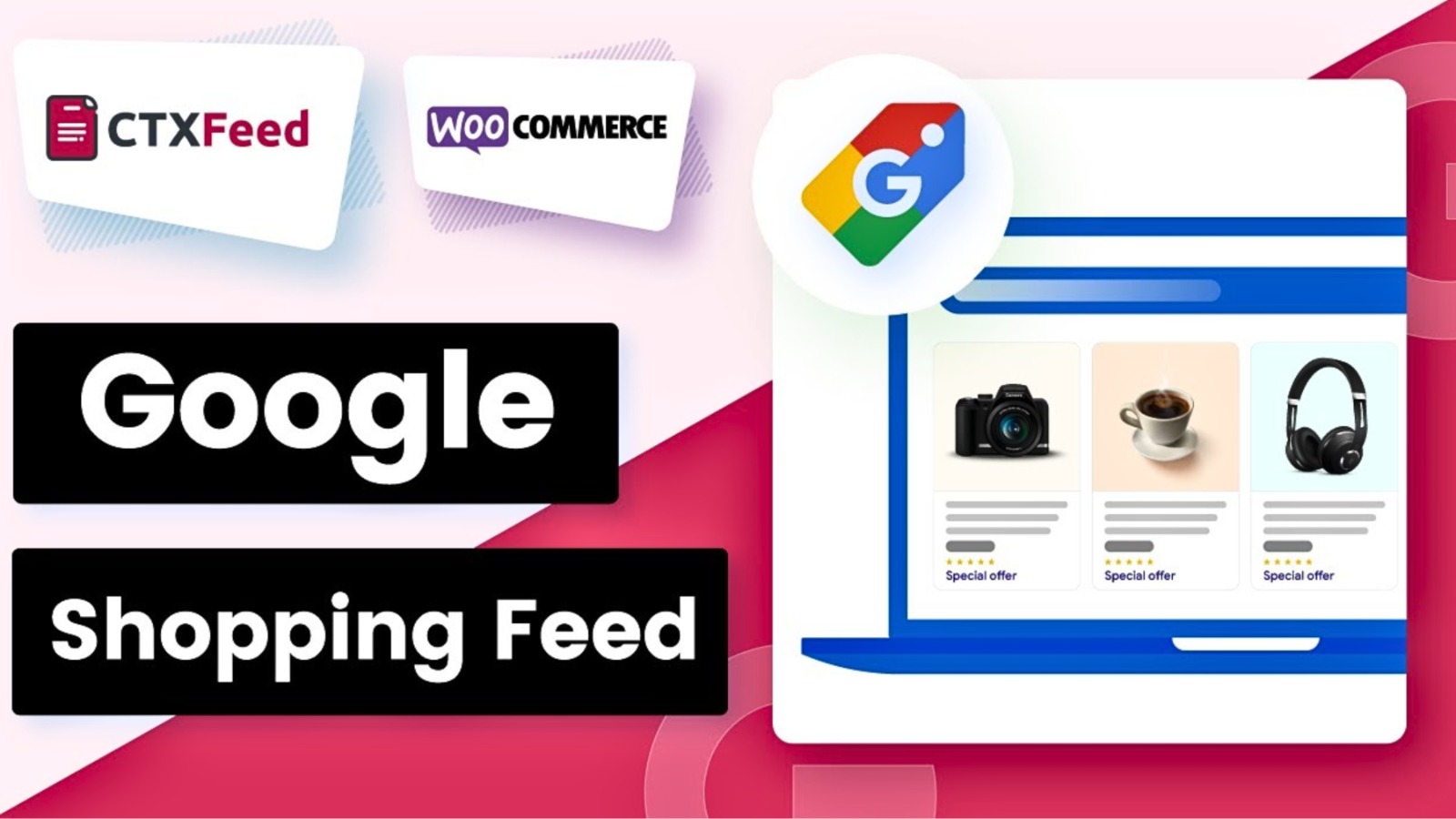Top Strategies to Improve Your Google Shopping Feed Performance

Strong 8k brings an ultra-HD IPTV experience to your living room and your pocket.
If you're an eCommerce store owner, you already know the power of Google Shopping. Unlike traditional search ads, Google Shopping shows your products visually, right at the top of the search results. But simply uploading your products isn't enough. To stand out and convert, your Google Shopping feed must be expertly optimized.
In this post, we’ll explore actionable strategies to improve your Google Shopping Product Feed performance. Whether you're just starting or looking to fine-tune your campaigns, these insights can help you drive more qualified traffic, increase conversions, and maximize your return on ad spend.
Why Your Google Shopping Feed Matters More Than You Think
Your Google Shopping Feed is more than just a list of products—it’s a direct data channel between your store and Google. It informs Google what your products are, how they should appear in search results, and who should see them. A poorly structured or incomplete feed can limit visibility and cost you valuable clicks.
Think of your feed as your digital storefront. If your shelves are messy and product tags are incorrect, customers will ignore you. But a clean, organized, and keyword-optimized Google Shopping Product Feed helps Google serve your listings to the right shoppers at the right time.
1. Nail Your Google Shopping Title Optimization
Your product title is arguably the most important element in your feed. Why? Because it’s one of the first things both Google and shoppers see. With smart Google Shopping title optimization, you increase your chances of appearing for high-intent search queries.
Tips for Optimizing Product Titles:
- Front-load keywords: Start your title with the most important terms.
- Be descriptive: Include brand, product type, size, color, and gender if applicable.
- Avoid keyword stuffing: Keep it readable and relevant.
- Match search intent: Think like your customer. What would they type in Google?
Example:
Bad title: “Shoes – Size 10”
Optimized title: “Nike Air Zoom Pegasus 40 Men’s Running Shoes – Size 10, Black”
Optimized Google Shopping product titles help increase click-through rate (CTR) and improve ad relevance, which directly boosts performance.
2. Improve Your Product Data Quality
Google favors complete and accurate data. Every detail in your Google Shopping Product Feed contributes to how and when your products are shown. Incomplete feeds often result in disapprovals or lower impressions.
Key Data Attributes to Focus On:
- Product Category: Use Google's product taxonomy correctly.
- Brand and GTIN: Always include global trade item numbers.
- Product Type: Use detailed, custom categories to help with campaign structure.
- Condition and Availability: Keep inventory and status updated.
By enriching your Google Shopping Feed with complete, accurate data, you’re helping Google better match your products with search queries, which means better exposure and more sales.
3. Leverage Google Shopping Feed Automation
Manually updating your product feed can become overwhelming, especially for stores with large inventories or frequently changing stock. This is where Google Shopping Feed Automation tools come into play.
Benefits of Feed Automation:
- Real-time updates: Automatically sync inventory, pricing, and availability.
- Error reduction: Eliminate human mistakes that lead to disapprovals.
- Scalability: Manage thousands of SKUs without manual input.
- Rules and logic: Apply dynamic rules to optimize titles, descriptions, and categories.
With tools like EasyFeed or Wixpa Feed, Google Shopping Feed Automation becomes a strategic advantage. You’ll spend less time fixing issues and more time growing your business.
4. Optimize Your Product Images
Images are visual hooks—they’re what makes someone stop scrolling. Google Shopping uses your product image as the main draw for users, so optimizing your visuals is crucial.
Image Optimization Tips:
- Use high-resolution, professional-looking images.
- Avoid watermarks, logos, or promotional text.
- Use a clean, white background.
- Show multiple angles or lifestyle shots in the additional image slots.
An eye-catching image combined with an optimized title increases engagement and improves the performance of your Google Shopping Product Feed.
5. Segment and Structure Campaigns Strategically
Optimizing your feed is only part of the equation. You also need to segment your Shopping campaigns based on how your products perform. This lets you bid smarter and allocate budget to top-performing SKUs.
How to Segment:
- By product type or brand: Organize by categories or collections.
- By performance tiers: Group bestsellers separately from low performers.
- By margin or price: Prioritize high-margin items with more aggressive bids.
- Feed-driven campaign segmentation helps you get the most out of your Google Shopping Feed and ensures your budget is spent efficiently.
6. Monitor Disapprovals and Fix Errors Fast
Even a single disapproved product can hurt your overall feed quality. Use Google Merchant Center to regularly check your feed’s health and fix any errors or warnings quickly.
Common Feed Issues:
- Missing GTIN or MPN
- Image is too small or of low quality
- Title or description policy violations
- Price mismatch between the feed and the landing page
Feed health is a direct contributor to visibility. The cleaner your feed, the better your ads will perform.
7. Continuously Test and Improve
Success on Google Shopping isn’t set-it-and-forget-it. Even if your Google Shopping Product Feed is performing well today, continuous testing can uncover new opportunities.
What to Test:
- Alternative product titles
- Different product images
- Promotional pricing or sale prices
- New keywords in titles or descriptions
By staying proactive, you’ll ensure that your Google Shopping Feed remains competitive in an ever-changing landscape.
Final Thoughts
Improving your Google Shopping Feed performance is not about doing one thing perfectly—it’s about doing many small things consistently well. From smart Google Shopping title optimization to using Google Shopping Feed Automation, every element you refine increases your chances of higher visibility, better CTR, and ultimately more revenue.
Remember, your Google Shopping Product Feed is the first impression your store makes on potential customers. Make it count.
Note: IndiBlogHub features both user-submitted and editorial content. We do not verify third-party contributions. Read our Disclaimer and Privacy Policyfor details.


